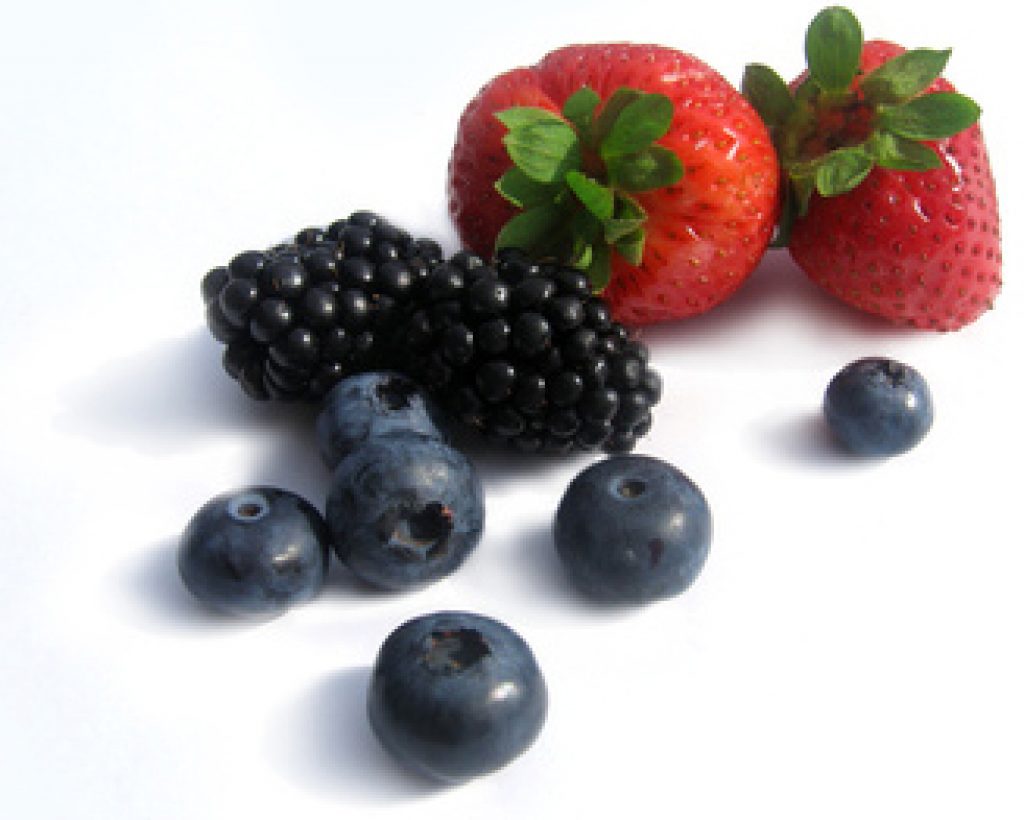The importance of proper nutrition cannot be overestimated. Arm yourself with the scientific knowledge to help you build muscle!
If your goal is to build large, strong and lean muscles, then no training methods in the world will help you without proper nutrition in the right amounts. The body needs nutrients to recover and grow after exercise. Simply put, if you want to build muscle and strength, then you must eat.
Our nutrition program is effective, progressive and easy to use. It is based on the latest nutritional research and is the perfect complement to our scientifically based training programs. This muscle building meal plan will help you get bigger without gaining too much fat.
The problem for many people who are "on the mass" is the negative impact of body fat on insulin sensitivity, which slows down the process of muscle growth. Our diet will help to avoid this. It allows you to gradually increase your calorie intake so that your body has time to adjust to it. That is, you will not have problems with metabolism and excessive body fat.

Let's start with a basic diet plan. Due to individual differences in each person's metabolism and activity level, I prefer not to use equations to calculate calories. Instead, I think it's more effective to start by determining the number of calories you're consuming now and adjust it over time.
This program requires you to track your exact calories and macronutrients for the next 6 weeks. If this approach is new to you, look it up online and take the time to learn it.
If you don't know how many calories you are consuming, keep a diary or use special programs to write down everything you eat in the first 3 days of your diet. Some smartphone apps will help you calculate your average calorie intake over this period.
To speed up the process of gaining muscle mass, you will need to add 300 kcal to the base level of consumption. Over the next 2 weeks, monitor your body weight by measuring your chest, neck, arms, etc. Also track your fat levels with a caliper and follow these guidelines:
- If you are gaining weight without excess fat, add another 300 kcal to your daily diet.
- If weight gain does not occur, add 500 kcal.
Repeat this process every 2 weeks, adding more and more calories.
Increasing the number of calories
bodybuilder's calorie guide
To accelerate muscle gain, add 300 calories to your base diet. Track your weight for two weeks, measure the amount of fat and muscle. If you gained weight without fat, add an additional 300 calories. If you're not gaining weight, add 500 calories.
As soon as your calorie intake increases, you will start gaining fat. How to proceed in this case? You can choose one of 2 options.
First, stop adding calories. However, I like one method that I learned from Lane Norton. He recommends adding significantly fewer calories. Therefore, we will add only 50 kcal to the daily diet every 2 weeks.
They will be burned in the course of daily activity, but after a couple of months of such practice, your body will receive the number of calories that it needs to build muscle mass.
Spread these calories over 3-4 meals, consuming them approximately every 4 hours. To make things easier, make portions the same size except for the post-workout meal. It should contain about 20% more calories than the rest.
What kind of calories should be consumed? Let's find out!
Squirrels
Consume proteins at the rate of 1.5-2 g per kilogram of body weight for the next 6 weeks. This is significantly less than what some bodybuilders consume. And one more tip - buy high-quality products.

Why so few? Studies show that with the consumption of 1.5 g of protein per kilogram of body mass, muscle growth begins. In our program, we try to optimize protein intake. I believe that if you consume high quality protein, then there is no need for its excess.
Distribute protein evenly between meals. Each of them should have at least 30g of protein. Also use various sources. Here are a few of my favorites:
- chicken thighs
- Chicken breasts
- Turkey breasts
- Salmon
- mussels
- Tuna
- Shrimps
- lean beef
- Pork tenderloin
- chicken sausages
- turkey bacon
- Whey Protein
- Casein protein
- Greek yogurt
- Cottage cheese
Fats
Dietary fat has several important functions. First, it provides a concentrated form of energy. Some fats also affect hormone production. For the next 6 weeks of intense training, you must consume enough fat to maintain the health and growth of the body.
Once you have a base calorie level, calculate your fat intake to make up about 30% of your diet. Further, this percentage will increase. As you increase your calorie intake, for every 300 calories you add, there should be 150 calories from fat. There are 9 kcal in 1 g of fat, so for every 300 kcal, 15-17 g of fat should be added. When increasing the diet by 50 kcal, add about 5 g of fat.
Unlike protein, which stays more or less constant throughout the day, fat intake should be inversely related to carbohydrates. In other words, if you eat carbohydrate-rich foods, you should reduce your fat intake, and vice versa.

There are 3 main types of fats: polyunsaturated, monounsaturated and saturated fats. Do not focus on any one of them, consume different types of fats. Here are some of my favorite sources:
- Olive oil
- canola oil
- Avocado
- Almond
- Walnuts
- pistachios
- macadamia nuts
- Butter
- Coconut oil
- Linseed oil
Carbohydrates
The last of the macronutrients around which, perhaps, the most confusion. To get the most out of the different types of calories, I divide carbohydrates into 2 groups.

starchy carbohydrates
The following foods are fast-digesting and high in calories:
- regular potato
- Sweet potato
- Quinoa
- Rice (white or brown)
- Sprouted grain bread
- tortilla
- Kamut
Fruits and vegetables
Fruits and vegetables are rich in dietary fiber and are digested more slowly. They contain fewer carbohydrates and less calories. I also included legumes in this list. So, the second group includes the following products:

- blueberry
- Raspberry
- strawberries
- Apples
- oranges
- Pears
- Spinach
- Cabbage
- Broccoli
- cucumbers
- Pepper
- Brussels sprouts
- Lettuce leaves and greens
- string beans
- Carrot
- green onion
- Mushrooms
- Onion
- Tomatoes
- Lentils
- black beans
- Beans
It is very easy to include these foods in your daily diet. A few general rules that I follow in the consumption of carbohydrates:
- Eat fruits and vegetables with every meal.
- Eat starchy carbs for breakfast and right after your workout.
- In those meals that do not contain starchy carbohydrates, consume more fat, as well as fruits and vegetables.
The amount of protein will remain unchanged. The remaining calories will be distributed between fats and carbohydrates.
There are approximately 4 calories in 1g of carbohydrates. This means that if you increase your diet by 300 kcal, you add 35-40 g of carbohydrates. With the addition of 50 kcal, 12g will come from carbohydrates.
Meal Plan
Now you know how to prioritize and distribute the calories and nutrients in your diet. Now let's use an example to calculate an approximate meal plan.
For a man weighing 80kg, the program would look like this:
- Basic diet: 2700 kcal
- Baseline protein (2g/kg): 160g (720 kcal)*
- Base Fat (30% of total calories): 90g (810 kcal)*
- Base Carb (Remaining Calories): 229g (1170 kcal)*
* Calculated based on basic diet and body weight.
